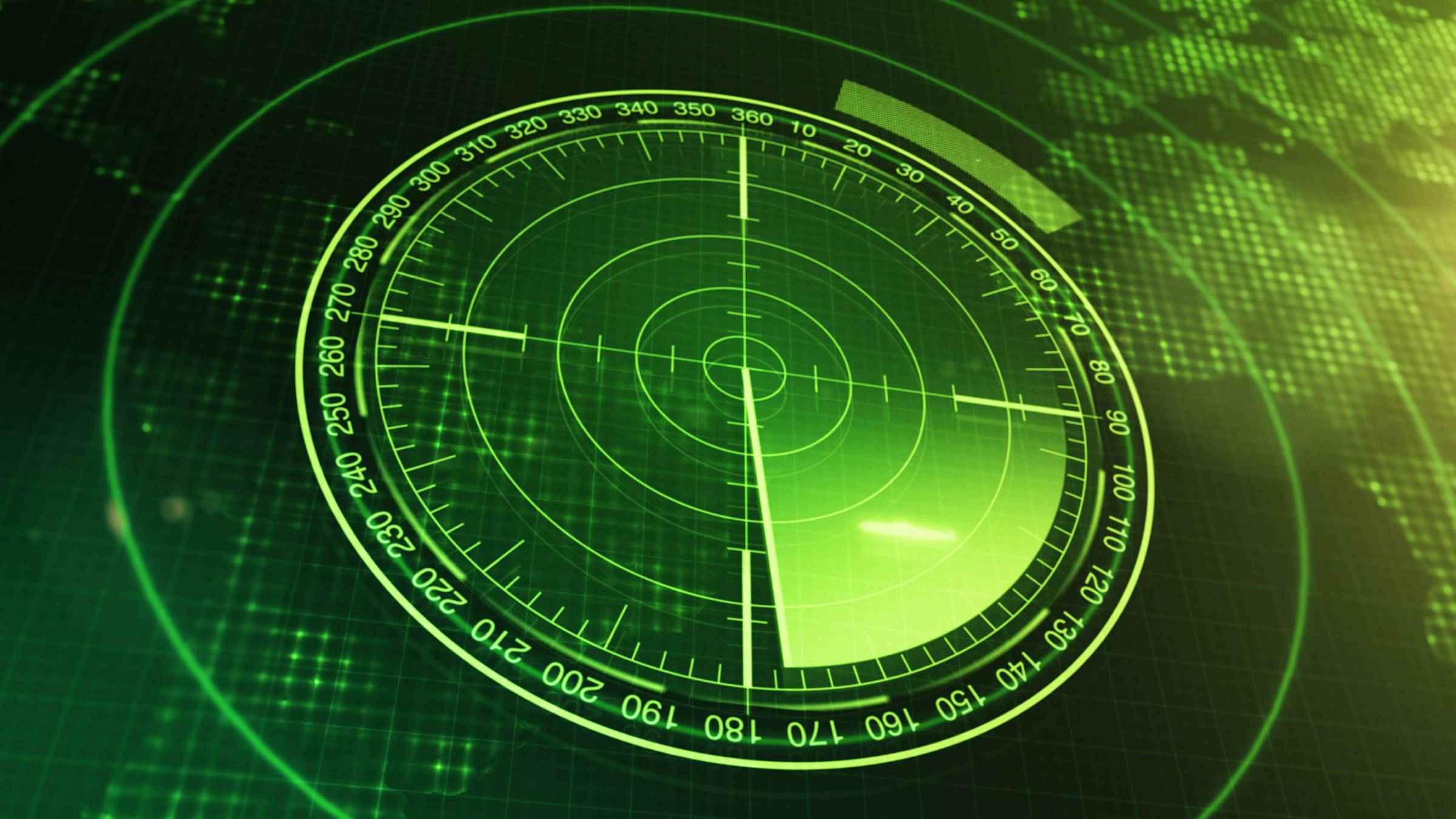A U.S. defense project meant to track underground explosions just made a surprising discovery: it can also detect rockets falling from space. While studying shockwaves rippling through the atmosphere, researchers working on DARPA’s AtmoSense project stumbled into what might be the world’s first accidental rocket radar.
See, AtmoSense was never intended to track rockets. The program launched in 2020 and was designed to explore how acoustic and electromagnetic energy from explosions, earthquakes, and other disturbances travels from Earth’s surface to the ionosphere. The goal was to see if we could use the atmosphere itself as a sensor to listen in on global events without needing direct line-of-sight.
However, during a 2024 field test in New Mexico, DARPA got a result that didn’t match this plan. The team had just detonated several test explosives when the instruments picked up a sudden and unexpected dip in the atmosphere’s total electron content, a measure of charged particles in the upper atmosphere. What was most shocking about this sudden dip was that it didn’t match any of the explosions the team had scheduled.
So they started digging. It turns out a SpaceX Falcon 9 rocket had reentered the atmosphere that same day around the same time. Thus, they determined that the disturbance they picked up was likely from the rocket’s descent. When they looked back at dozens of other launches, they found the same pattern and that it was clear, repeatable, and detectable from afar.
In other words, they’d accidentally built a functioning rocket radar. By measuring how a reentering object plows through the ionosphere and disturbs the surrounding electrons, DARPA’s tools can now flag rocket reentries without ever needing eyes on the sky.
And this unexpected breakthrough could have some huge implications for defense systems. A system capable of detecting any object reentering Earth’s atmosphere—whether it’s a commercial booster, a defunct satellite, or something more secretive—without needing direct eyes on the object is a game-changer for protecting Earth’s surface from any kind of falling debris.
This kind of real-time awareness is exactly what defense programs are aiming for, and DARPA created this one complete by accident. Moreover, DARPA’s modeling tools could find use far beyond atmospheric science. These tools were developed to simulate how tiny blasts send energy waves soaring through the sky.
However, they might also help simulate hypersonic vehicles, complex fluid dynamics, or any problem where computing power has hit a wall. At the moment, DARPA plans to keep AtmoSense as a science effort. But thanks to one unplanned discovery, the project might help usher in a new era of atmospheric monitoring by helping researchers create a functioning rocket radar capable of picking up on almost any object entering Earth’s atmosphere.










